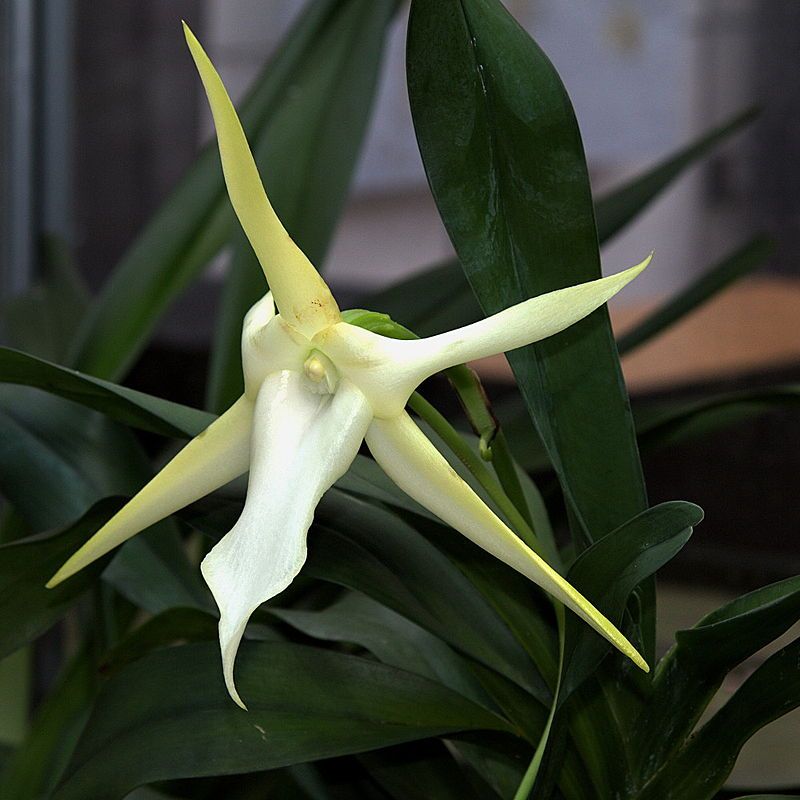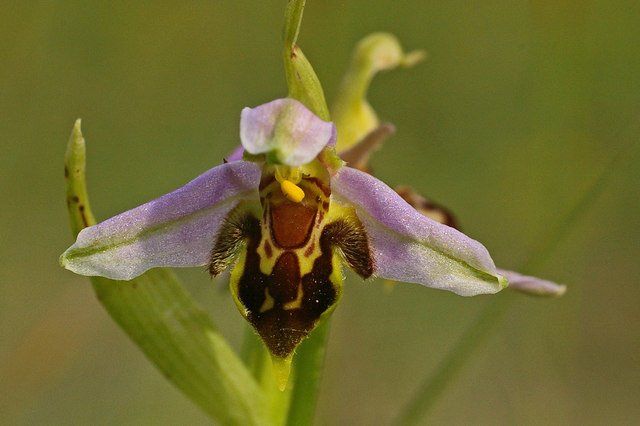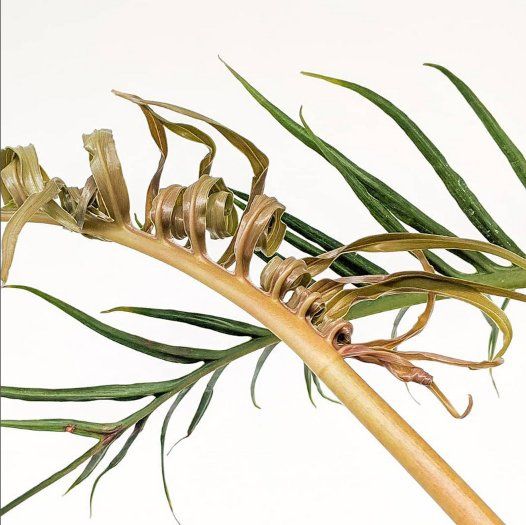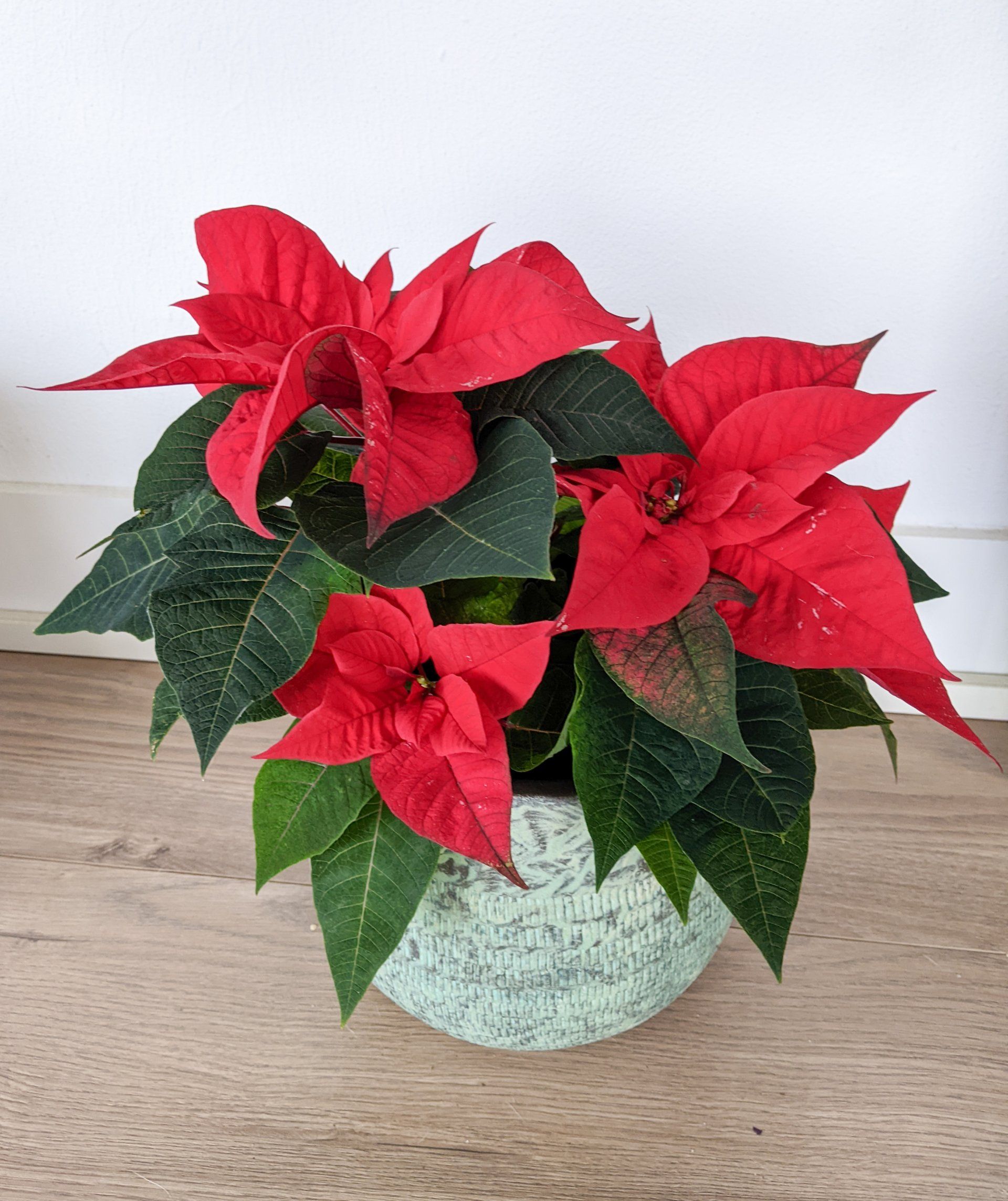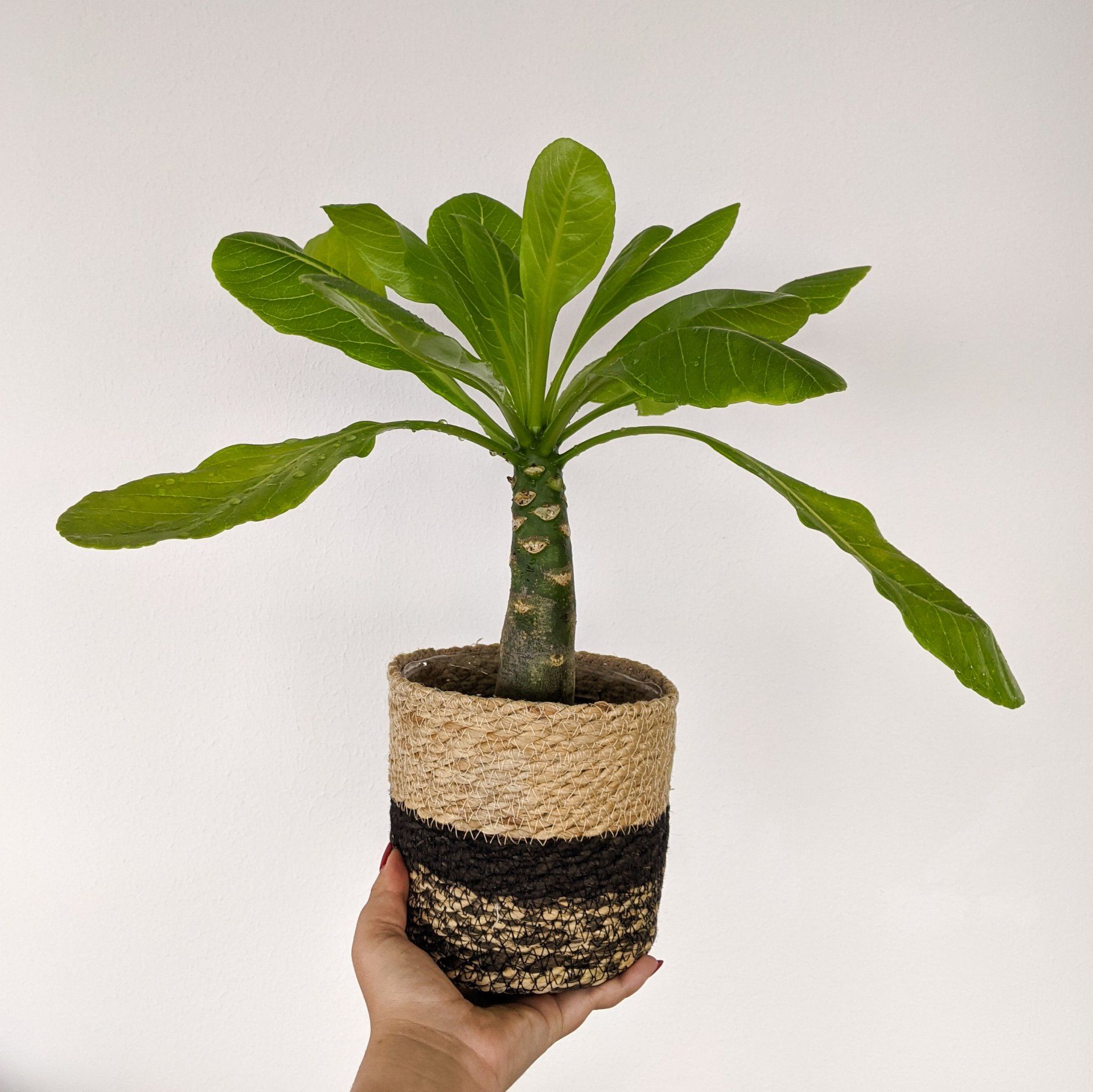555-555-5555
mijnmail@mailservice.com
555-555-5555
mijnmail@mailservice.com
Een mottige zaak
December 25, 2019
Soms is het meest voor de hand liggende antwoord het juiste
Charles Darwin was een populair ventje: hij kreeg zelfs bloemen opgestuurd! Of nou ja, van een botanicus dan. Voor onderzoek. Maar toch! Zo kreeg hij bloemen van een orchidee genaamd Angraecum sesquipedale('comet orchid') die in Madagascar groeit. Hij zette ze niet in een vaasje en plakte ze ook niet als droogbloemen in een lijstje. Hij haalde ze helemaal uit elkaar. En Wat Hij Toen Ontdekte, Schokte De Wereld!!!!1!!! ; -)

Botanicus James Bateman stuurde Darwin een aantal keer bloemen.
Uit Darwns boek "On the various contrivances by which British and foreign orchids are fertilised by insects"
Uit Darwns boek "On the various contrivances by which British and foreign orchids are fertilised by insects"
Orchideeën
Voor we verdergaan met deze Schokkende Onthulling, moet je weten dat orchideeën vaak bestoven worden door insecten. Niet alleen door bijen, maar ook bv. motten, die met hun tong de nectar oplikken en tegelijkertijd stuifmeel van bloem naar bloem brengen.
Bijenorchidee (Ophrys apifera). Ironisch genoeg wordt deze orchidee níet door bijen bestoven.
Een rare mot? Of toch God?
Toen Darwin de bloemen van de gekregen orchidee onderzocht, kwam hij er achter dat de nectar erg diep in de bloem zat: zo’n 35 cm! Darwin trok een simpele conclusie: deze orchidee wordt bestoven door een mot met een tong van 35 cm.
Eh… wat? Zie je het voor je? Een motje van een paar centimeter met een tong 10 keer zo lang? Of een of andere reuzenmot die daar rondvliegt?? Darwin werd uitgelachen. Dit was natuurlijk niet mogelijk. Het moest iets anders zijn, maar wat?
Eh… wat? Zie je het voor je? Een motje van een paar centimeter met een tong 10 keer zo lang? Of een of andere reuzenmot die daar rondvliegt?? Darwin werd uitgelachen. Dit was natuurlijk niet mogelijk. Het moest iets anders zijn, maar wat?
Darwin had wel door wat anderen van zijn idee vonden.
Uit Darwns boek "On the various contrivances by which British and foreign orchids are fertilised by insects"
Uit Darwns boek "On the various contrivances by which British and foreign orchids are fertilised by insects"
Wat wel vaker gebeurt als mensen iets (nog) niet snappen: het zal God wel zijn die het regelt. Hertog van Argyll trok die conclusie in zijn boek ‘The reign of law’. Er waren echter genoeg botanici die Darwins hypothese ondersteunden. Het harde bewijs liet echter nog even op zich wachten.
Eindelijk
Helaas voor Darwin stierf hij voordat dat er bewijs kwam voor zijn hypothese: pas in 1903 werd een mot in Madagaskar ontdekt met een tong van zo’n 30 centimeter. Hij werd Xanthopan morganii praedicta genoemd: ‘praedicta’ betekent ‘voorspeld’ en slaat op het feit dat Darwin het bestaan al had voorspeld.
Dus: hoe komisch de gedachte ook mocht lijken, Darwin had het aan het juiste eind! Na de ontdekking van de mot heeft het nog lang geduurd voordat de bestuiving vastgelegd werd op video. Hieronder zie je de mot in actie!
Tot slot: waarom zo lang?
Wat is het nut van zo’n lange tong? De theorie die Darwin had (en veel huidige biologen ook nog steeds) is dat het als het ware een vicieuze cirkel is: voor de orchidee werkt het het best als de mot zijn tong moeizaam erin kan duwen: dan komt 'ie goed in contact met het stuifmeel. De mot is echter liever lui dan moe, dus evolutie laat zijn tong langer worden. De orchidee laat zich niet kennen en evolueert met een wederom langere ingang… et cetera!
Een andere hypothese is dat de motten een langere tong moesten krijgen, omdat ze niet te dicht tegen de bloem wilden vliegen vanwege het gevaar van springspinnen.
Wellicht zijn er zelfs nog meer theorieën; ik heb er geen uitgebreide literatuurzoektocht naar gedaan. En disclaimer: de hypotheses zijn natuurlijk wat complexer dan ik ze hier schets. Check de artikelen zelf voor het genuanceerde verhaal (zie de laatste twee citaties in de referentielijst).
Een andere hypothese is dat de motten een langere tong moesten krijgen, omdat ze niet te dicht tegen de bloem wilden vliegen vanwege het gevaar van springspinnen.
Wellicht zijn er zelfs nog meer theorieën; ik heb er geen uitgebreide literatuurzoektocht naar gedaan. En disclaimer: de hypotheses zijn natuurlijk wat complexer dan ik ze hier schets. Check de artikelen zelf voor het genuanceerde verhaal (zie de laatste twee citaties in de referentielijst).
- Referentielijst
- C. Darwin (1862) On the various contrivances by which British and foreign orchids are fertilised by insects (accessed Dec 2019) https://tinyurl.com/w6ugy4t
- E. Serrelli, N. Gontier Macroevolution: Explanation, Interpretation and Evidence Springer 2015 ISBN: 978-3-319-15044-4 / e: 978-3-319-15045-1 (accessed Dec 2019) https://doi-org.ru.idm.oclc.org/10.1007/978-3-319-15045-1
- L. W. Rothschild, K. Jordan (1903) A revision of the lepidopterous family Sphingidae 9. Novitates zoologicae p. XXII
- L.Anders Nilsson (August 1992) Orchid pollination biology Trends in Ecology & Evolution 7, (8), p255-259 (accessed Dec 2019) https://doi.org/10.1016/0169-5347(92)90170-G
- LT Wasserthal (1997) The pollinators of the Malagasy star orchids Angraecum sesquipedale, A-sororium and A-compactum and the evolution of extremely long spurs by pollinator shift Botanica Acta 110 (5) p343-359
Vond je dit een leuk artikel? Lees meer over vreemde snuiters op Wonderful weird plants!
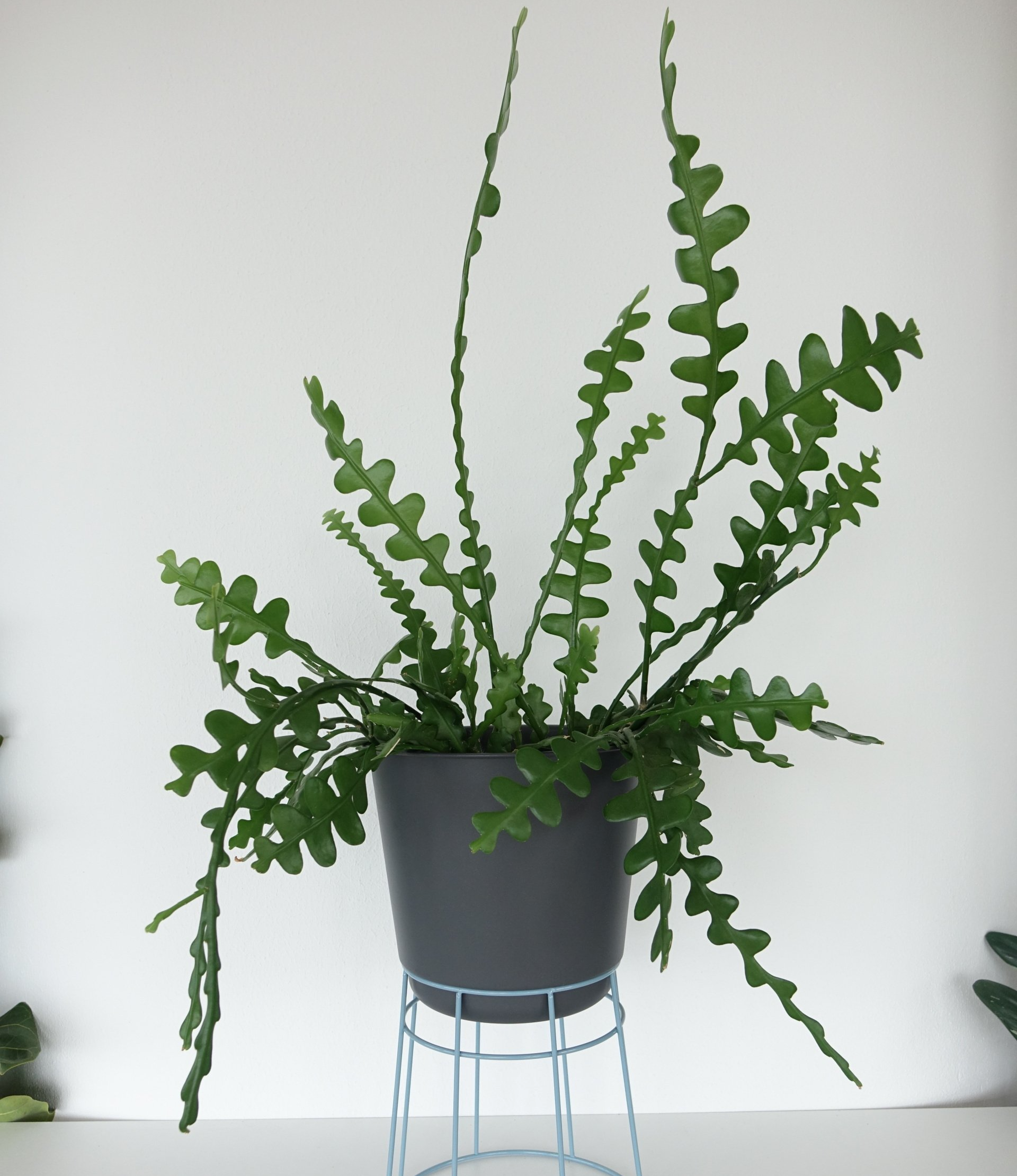
By Marieke
•
August 1, 2022
What does it mean if you receive a cactus as a gift? It's probably your birthday or a houswarming gift. After all, a stylish cactus is a hip accessory in a modern living room. However, it was not a suitable gift in the past: it was said that if you gifted someone a cactus, you would secretly experience the recipient as 'prickly' and unpleasant. Or maybe you underestimate the recipient's green thumb? Since a cactus just stand there, on your windowsill, whatever you do or don't do for it. But is that really the case? Let's take a closer look at these spiky statues.
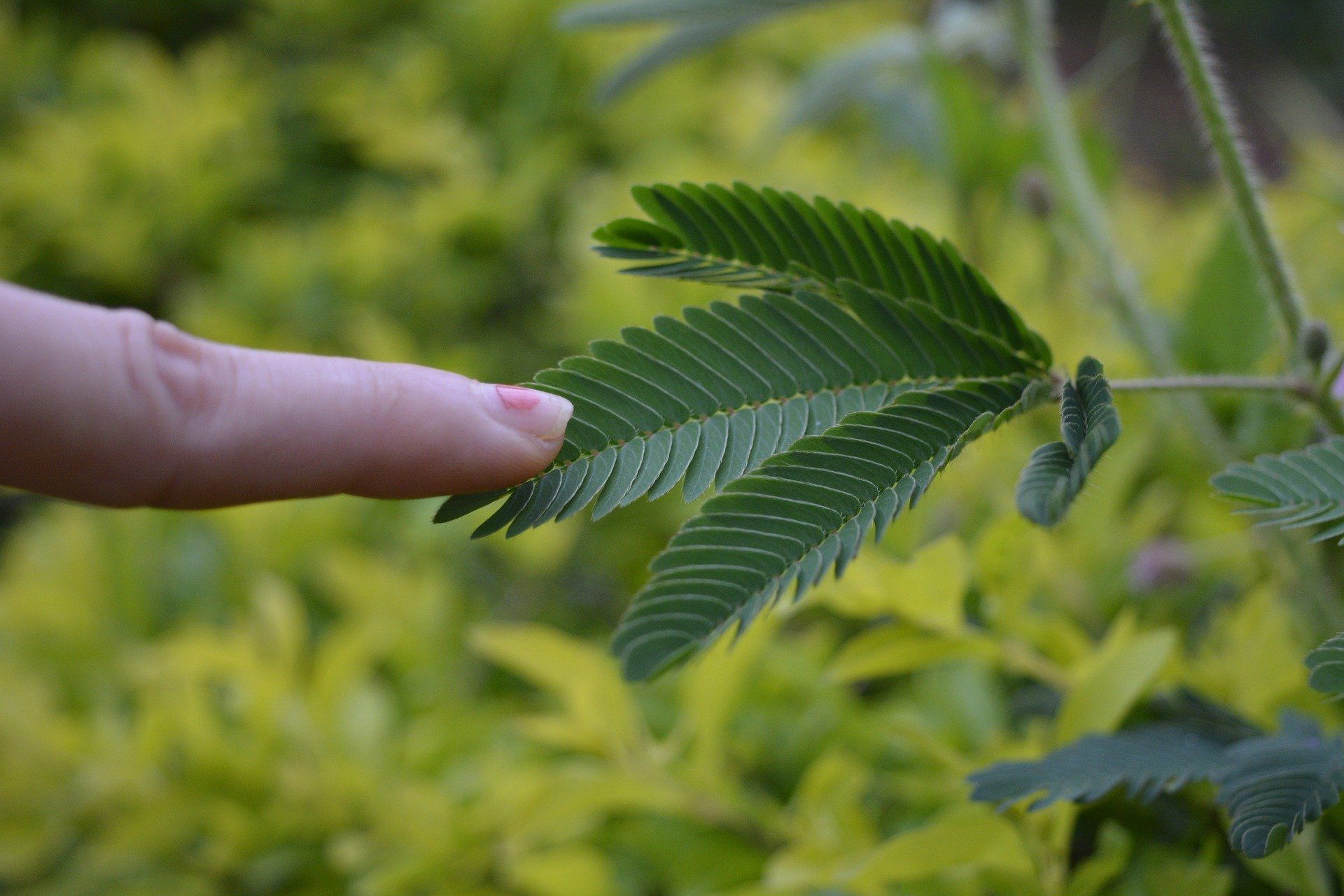
By Marieke
•
March 15, 2022
In the 17th century, something remarkable happens: botanist Rumphius places a plant between the animal kingdom and the plant kingdom. Why? Because it moved when touched. At the time, such sensitivity was only ascribed to organisms in the animal kingdom. But this was a plant!

By Marieke
•
December 19, 2021
Confession: until recently, no orchid was allowed in my house anymore… Years ago I had 2 Butterfly orchids and planned to take better care of them, hoping to get more flowers. I did everything to make them feel good! Until one day in the summer I didn't pay attention and the poor plants burned to death on my south-facing roof terrace… Together with my good intentions I threw the plants away. No more orchids for me!

By Marieke
•
November 6, 2021
I wrote about a fast-moving plant before, in my article on carnivorous plants : the Venus Flytrap. The dancing plant is also a fast-moving plant, albeit not as fast as the flytrap. Yet it can be seen with the naked eye! I sowed some of these plants and made some timelapses, see the video below.

By Marieke
•
November 6, 2021
A succulent plant with partly transparent leaves! I got it from Rogier after our first meeting, about two years ago. This little Haworthia cooperi was a 'pup', a little one that had started growing on the mother plant. This mother plant was collected by an acquaintance of Rogier (with permission) in the Bolo Nature Reserve in South Africa. My love for weirdos in the plant world immediately bubbled up. And there is much more to discover about succulents!



